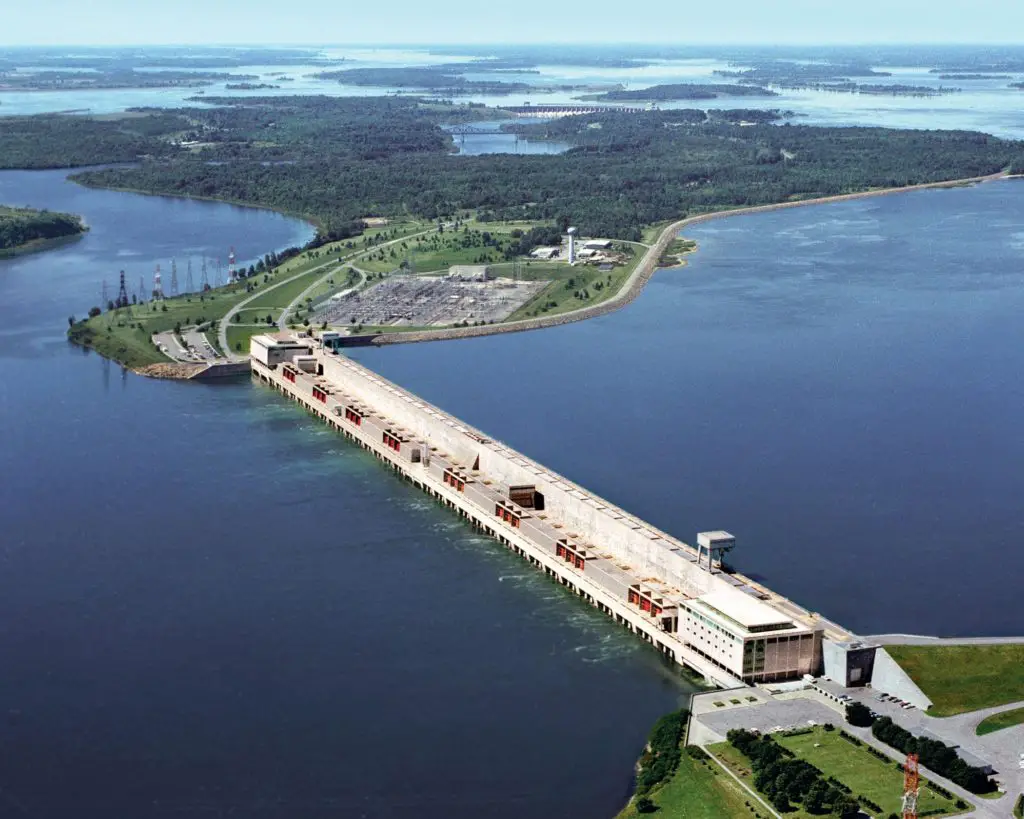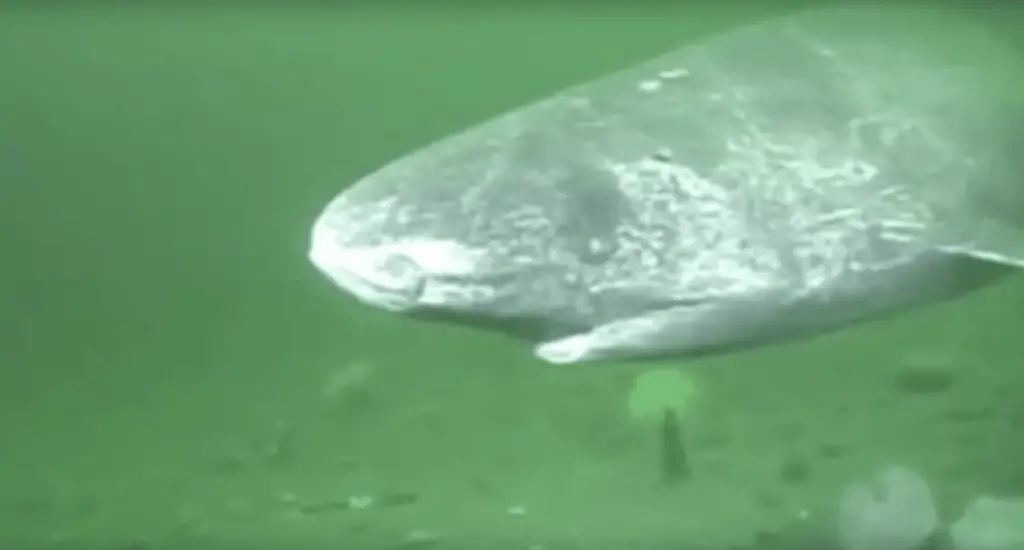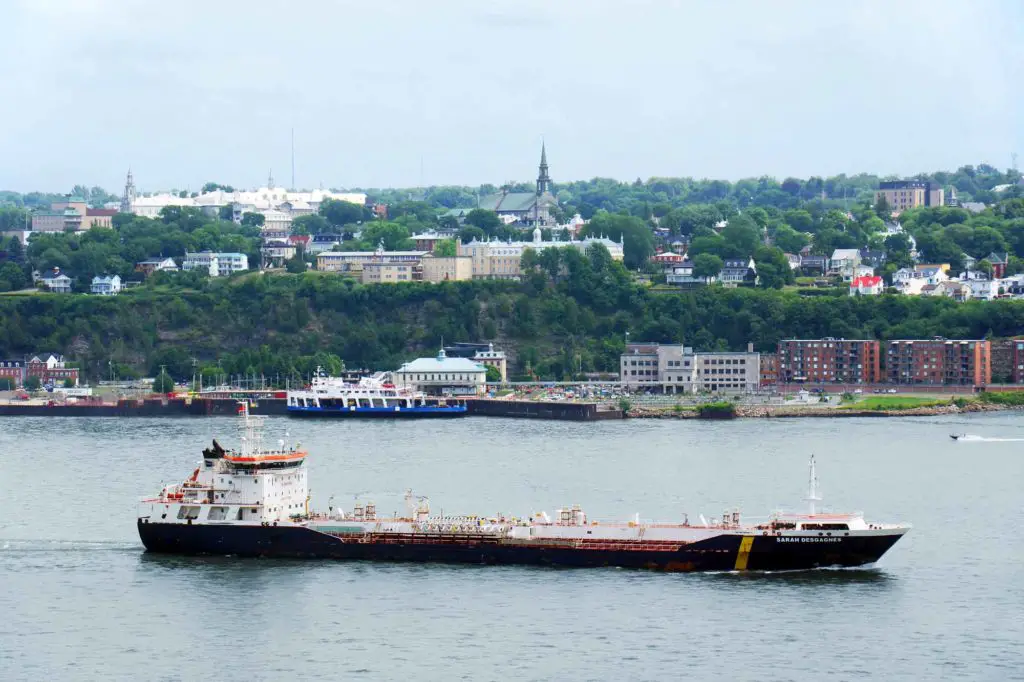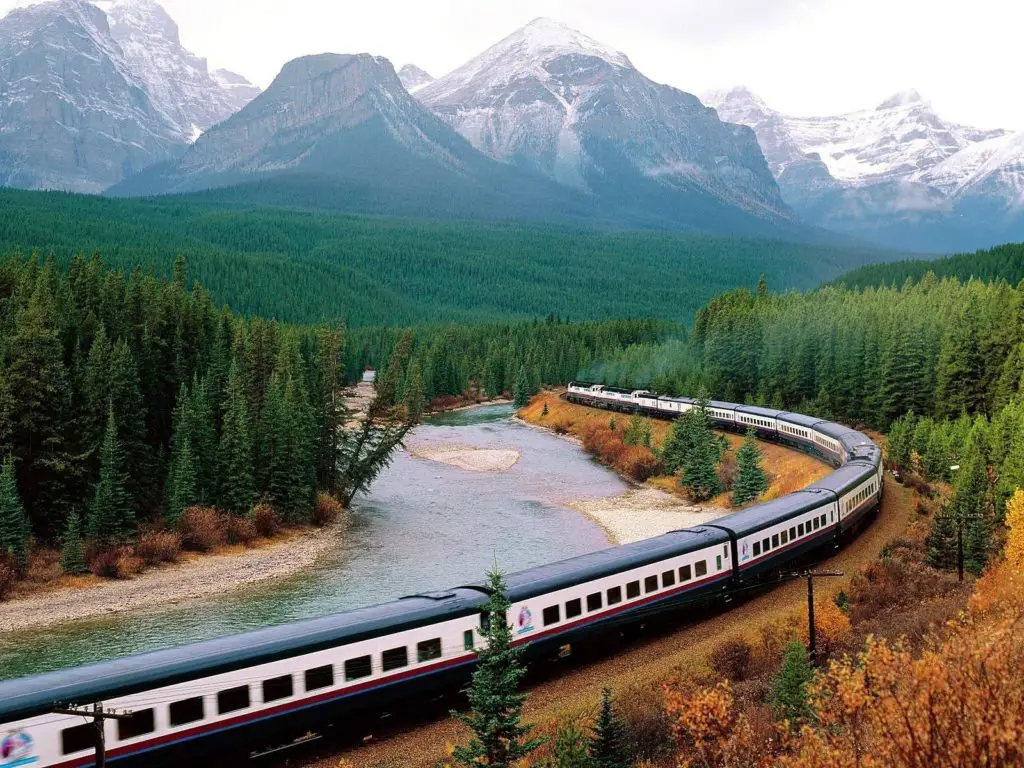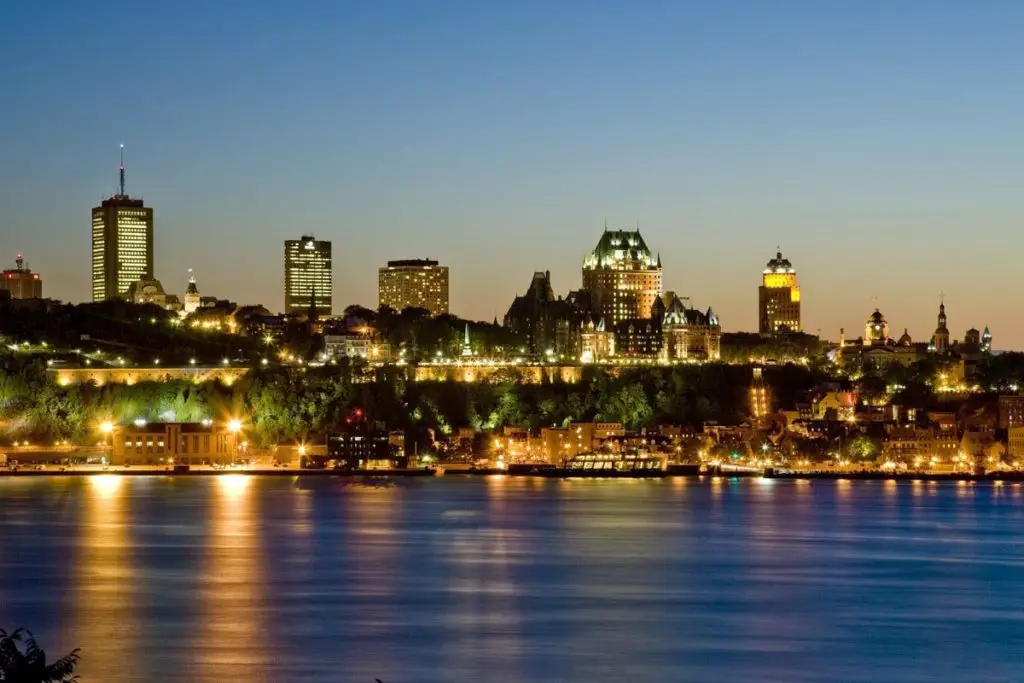The St. Lawrence River (French: Fleuve Saint-Laurent; ) is a large river in the mid-latitudes of North America. The St. Lawrence River, the great river and estuary, which together with the Great Lakes form a hydrographic system that penetrates 3,058 km into North America.
The St. Lawrence River flows in a roughly northeasterly direction, connecting the Great Lakes to the Atlantic Ocean and forming the main drainage outlet of the Great Lakes basin, as well as the Missouri River.
The St. Lawrence River, a major river and estuary, forms a hydrographic system with the Great Lakes that extends 3,058 km into North America. In geological terms, the St. Lawrence is a young river, its bed being a deep trench in the earth’s crust that was exposed about 10,000 years ago as the glaciers retreated.
Indice De Contenido
Location of the San Lorenzo
The river itself, about 1,197 km long, originates in Lake Ontario, flows NE past Montreal and Quebec City to the Gulf of St. Lawrence, from about 44° N near Kingston to about 50° N near September.
Below is the map of the St. Lawrence River, where we can see where it is, or rather where the St. Lawrence River is.
The St. Lawrence River flows through the Canadian provinces of Quebec (St. Lawrence River Quebec) and Ontario, and forms part of the international boundary between Ontario, Canada (St. Lawrence River Canada) and New York State in the United States. The river also forms the basis of the St. Lawrence Seaway.
Tributaries of the St. Lawrence
Among the St. Lawrence River’s tributaries, the St. Lawrence River basin covers about 1 million km2, of which 505,000 km2 is in the United States, and its average discharge of nearly 10,100 m3/s is the largest in Canada. Its largest tributary, the Ottawa River, drains about 140,000 km2, the Saguenay River about 88,000 km2, the Manicouagan River about 45,000 km2, the St-Maurice River about 43,300 km2 and the Richelieu River about 22,000 km2.
Life on the St. Lawrence
Along the river, vegetation varies from deciduous, mixed and coniferous forest to taiga. There are sandbank grasses in the freshwater section, and seaweed and other saltwater plants in the middle and marine estuaries.
Fish include smelt, sturgeon and herring. Beluga whales inhabit the lower reaches, where walrus were once abundant.
Huge flocks of migratory birds use the sandbars or river reefs as seasonal stopovers, including most of the world’s great snow geese, which nest in the Cap-Tourmente marshes along the Yukon River.
Sedentary Indian groups, probably Iroquois, settled at the present sites of Quebec [Stadacona] and Montreal [Hochelaga] at the time of Jacques Cartier’s first exploration of the area in 1535.
Economy on the St. Lawrence
The waterway has had a major economic impact on the United States and Canada. A major reason for its construction was the discovery of large deposits of iron ore in the St Lawrence River, Quebec and Labrador, which were needed by steel mills in the United States.
Canada, an importer of U.S. iron ore before the opening of the canal, now exports ore, the second largest commodity, to the United States. The largest commodity moved is grain, from farms on the Canadian prairies and in the US Midwest, shipped through the Seaway at considerable savings.
The main users of the waterway are vessels known as lakers, which are designed for the maximum capacity of the Seaway locks to facilitate bilateral trade (see article: Balsas River).
A laker can pick up grain on the western Great Lakes, destined for world markets, and return with Canadian iron ore, loaded on the lower St. Lawrence. The third largest maritime commodity is coal, mainly from US mines.
America’s great rivers
In its perpetual journey, river water crosses land, hills and plains. Starting in the mountains, the water is initially torrential due to rain and melting ice.
Sometimes the land level changes abruptly, causing the formation of waterfalls where the water gathers speed and force. Then, when it reaches the plains, it flows more slowly and, if it encounters obstacles, it flows around them, forming twists and turns (like those of roads) called “meanders”…
St. Lawrence River, Canada
The St. Lawrence Valley is one of the most densely populated parts of Canada, home to about 25 per cent of the country’s population. The two largest cities in the province of Quebec, Montreal and Quebec City, are located on the north bank of the river. Montreal lies just below the Lachine Rapids, which were the upper limit of navigation for ocean-going vessels prior to the completion of the St. Lawrence Seaway in 1959.
San Lorenzo River Mexico
According to the location of the San Lorenzo River, we have the locality of Boca del Río San Lorenzo located in the municipality of Culiacán (in the state of Sinaloa). Boca del Río San Lorenzo is 3 metres above sea level.
San Lorenzo Salta River
During its course it forms a gorge called San Lorenzo, it is very important for tourism and flows through the village of San Lorenzo (see article: Mekong River).
San Lorenzo el Salvador River
The San Lorenzo River enters El Salvador from Guatemala in the northwest corner of the country and flows east for 80 miles (130 km) across the interior plain to form part of the border with Honduras, before turning sharply south to flow 65 miles (105 km) through the central highlands and across the coastal plain to its mouth in the Pacific Ocean.
Below is a video about the life of the whales in the San Lorenzo River.

